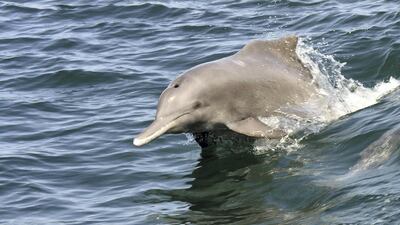






















Scientists call for larger Abu Dhabi marine reserves to protect local dolphins
Researchers from The Bottlenose Dolphin Research Institute fear the population in Abu Dhabi waters could be declining

Daniel Bardsley
March 22, 2021
- Listen in English
- Listen in Arabic